
Twelve Days of Irish Holiday Traditions: Go a little Wild
Written by Ciaran Vipond on Dec 05, 2023 | 0 Comments
Inspired by that traditional carol, and the funny Irish version, Christmas Countdown, we're bringing you Twelve Days of Christmas (Traditions). These Irish traditions make the season so special for so many on the Emerald Isle. You may even want to try one for yourself!
Day 5 - Go a little wild
We are getting ahead of ourselves with this one - but what to do once the big day is over? While many mark Christmas on December 24th and 25th, here in Ireland we extend the celebrations for as long as we can - including cutting loose and going a little wild on December 26th.
Some enjoy heading to the races and roaring on the riders. While others continue an ancient Irish tradition thought to have Pagan roots, the hunting of the wren.

St Stephen's Day, Wren Boys, Athea, Co. Limerick. 1946.
Hunting the Wren
'Lá an Dreoilín' in gaelic, 'The day of the wren,' this unconventional hunt celebrates the King of the Birds as it is known here in Ireland. In times gone past, a live wren was caught, with some difficulty, and put on top of a staff decorated with holly. If no wren was caught a replica was made out of feathers and turf or cork or whatever was to hand. These days the little bird is spared its grisly fate and a stand-in is “hunted.”
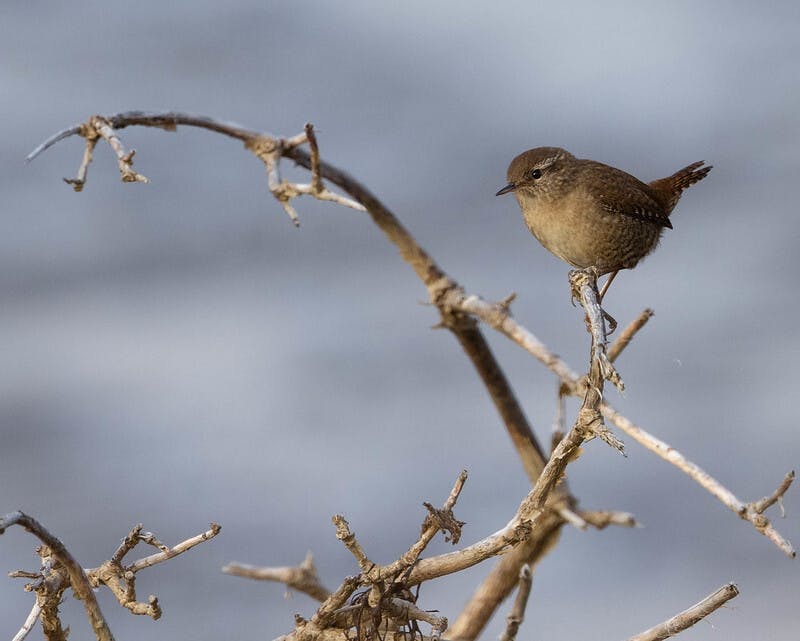
Photo Credit: John Purvis CC BY-NC-SA 2.0
People taking part, known in different places as Wren boys, straw-boys, or mummers, dress up in disguise, often in elaborate costumes and colorful outfits. The participants, which also include girls and women despite the name, parade around town, playing music, singing, and calling door-to-door, asking for money or other donations to "bury the wren."
Several versions of the “Wren Day” rhyme to elicit donations exist:
"The wren, the wren, The King of all birds;
St. Stephen's day, He was caught in the furze.
Although he was little, His family was great;
Cheer up landlady, And give us a treat".
Or
“The wren, the wren, the king of all birds;
St Stephen's Day, was caught in the furze.
Her clothes were all torn, her shoes were all worn,
Up with the kettle, and down with the pan,
Give us a penny to bury the "wren."
If you haven't a penny, a halfpenny will do
If you haven't a halfpenny, God bless you!
Money for Charity
These days the money, euros rather than half-pennies, is collected and typically goes to local charities or to a fund for a community gathering in January - a “Wren Ball.” So this ancient tradition continues with vigor in many towns and villages, especially in the south of the country. After several days spent celebrating cooped up indoors - a chance to go a little wild and let off some steam in the middle of winter makes a good deal of sense.
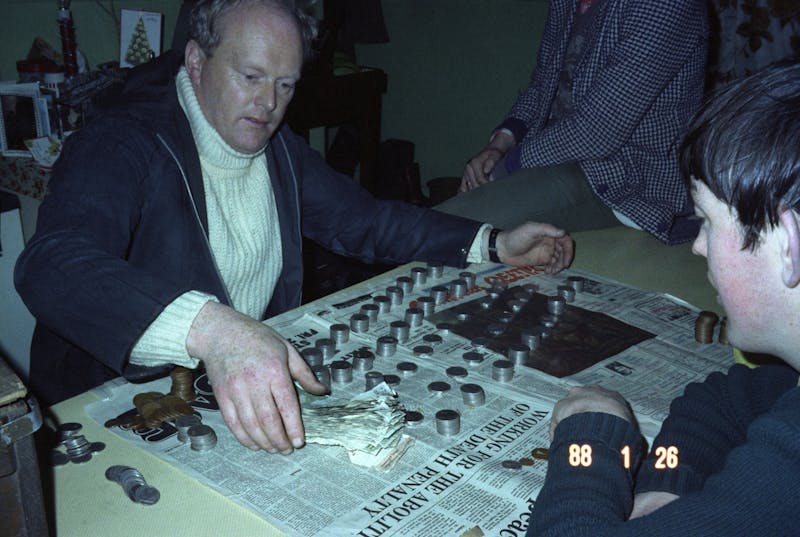
The Wren in Dingle, 1980. Muiris Ó Rócháin counting the collected money.
The biggest party in town
For some towns, especially in southern counties like Kerry, Limerick, and Clare, the St. Stephen’s Day festivities are certainly livelier than Christmas Day, with emigrants returning home, sometimes from considerable distance, to be part of the celebrations.
In some larger towns there are rival Wren groups. They compete to see who’s group is the best, the most impressively costumed, the most numerous, the most rousing, or who can raise the most money!
It’s all fun and games these days, even if there are mock battles! Participants often retire to the afterparty, sometimes called a ‘Join,’ where the singing and dancing continues on until late in the night.
Origins of the festival
But why so much fuss over such a tiny little bird you may well ask? A glance through old folklore gives us several explanations:
St. Stephen betrayed
One of the most common reasons given is that the wren was responsible for St. Stephen himself being caught by pursuers, leading to his martyrdom. The small bird landed on the bush the Saint was hiding in, its great racket attracted attention, and the saint was betrayed to his would-be captors. So the hunt is retribution for this act of treachery on St. Stephen’s Day.
There are also versions of this story where it’s hiding Irish soldiers who are betrayed by the wren to Cromwellian soldiers, or Viking invaders, or Norsemen. It all depends on who is doing the telling! These little birds certainly can make some noise, so it does seem well suited to calling attention to itself.
The King of the birds
Another old Celtic myth ties in with the lyrics of the Wren Day rhymes. It sees the birds themselves setting a challenge to know who was the king of them all - which bird could fly highest and furthest? One after one, birds dropped out until it seemed it was only the great eagle remaining. The eagle grew tired and began to descend at which point the cunning wren flew out from under the eagle's feathers to soar higher and further than all the others, gaining its title as the king of the birds through trickery.
The druid bird
But it’s likely that the association between the wren and mid-winter celebrations like Christmas has older origins still. Many medieval records associate the Irish for wren, dreolín, as a contraction of 'draoi éan' a so-called 'druid bird'. In Old Irish the wren is also known as ‘Drùi donn’ or ‘the brown druid.’ The wren was reportedly considered a great prophet by the druids. So it’s possible that early proponents of Christianity in Ireland spread stories of the wrens' trickery and treachery in an attempt to undermine Pagan customs and reverence.
This fits in with many of the other elements of the “hunt”, that reflect an ancient mid-winter festival and a celebration of the solstice. This also fits with it being considered unwise or unlucky to injure the wren or to disturb its nest at any other time of the year. Birds, like trees, held particular significance for our ancient ancestors and the wren was seen as a symbol of the old year. Another noisy mid-winter bird, the robin, represented the new year. Seen this way, a day to celebrate and see out the wren and the old year after the solstice makes some sense!
A Tradition continues
Whatever its origins, this colorful, boisterous, once grisly tradition endures. If anything it is growing in strength. With similar celebrations on the Shetland Islands, The Isle of Man and parts of France it seems in no danger of dying out. If you don’t expect to be anywhere near these areas this December 26th, you could always take your lead from the Wren day celebrations and have your own “Join” with friends and neighbors to celebrate the year, or arrange your own charity collection.
What's Next?
Check back in with us tomorrow for Day 6 of our Twelve Days of Irish Christmas traditions. You might also like to see our Twelve Days of Christmas offers too!
Get In Touch
Have a question or something you're not entirely sure about when browsing our pieces? Please reach out. You can send us a note or give us a call—the Dublin workshop is here to make sure that you have a perfect experience from start to finish with My Irish Jeweler.
Follow us on Facebook and Instagram, to see what's new and upcoming. Join our Email list for early offers and special features.

Ciaran Vipond
My Irish Jeweler
Born in Co. Antrim and reared in Dublin, I was fascinated with Gaelic culture from an early age. I suppose it's not surprising given my mother inherited a grá for the Irish language from my grandfather, an Irish school headmaster. And that grá continues! My brother and sister are now Gaelic teachers here in Ireland, my niece is an award winning Irish dancer, and I proudly work to share Irish culture through our Irish and Celtic Jewelry at My Irish Jeweler!
I love researching and reading about the history of Irish design. It's at the core of what we do here at My Irish Jeweler. I find much of it so interesting that I have to share what I find. I hope you enjoy it!
Comments



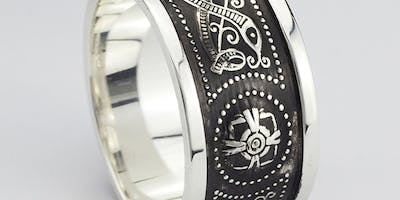

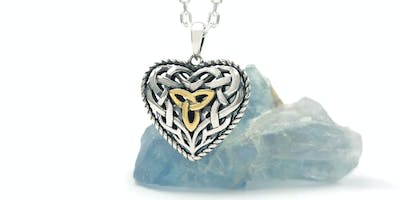
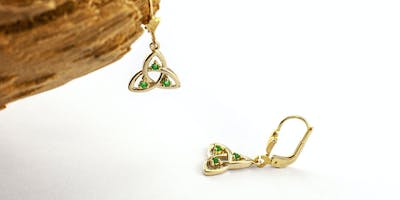


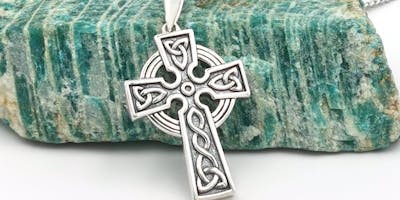

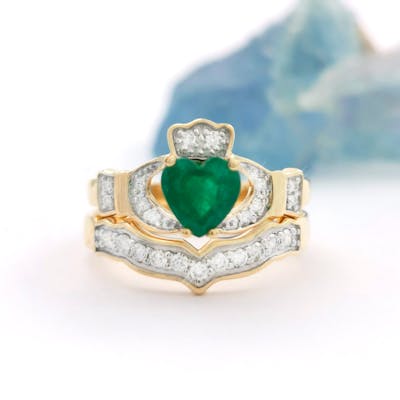

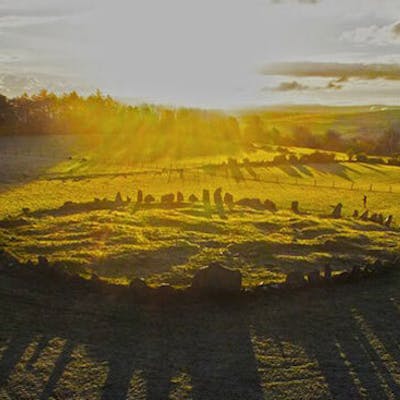



 Ask Gemma
Ask Gemma